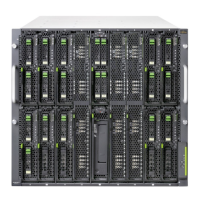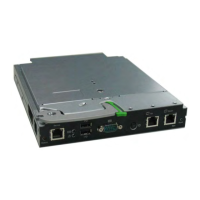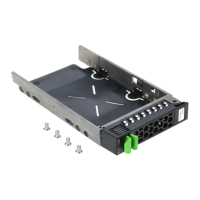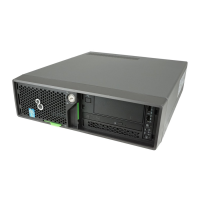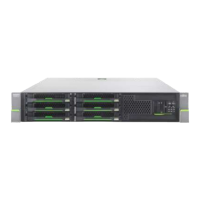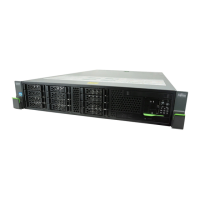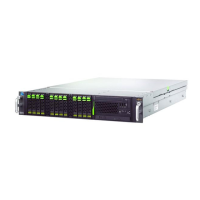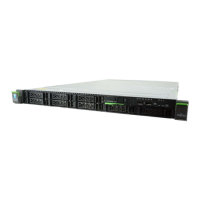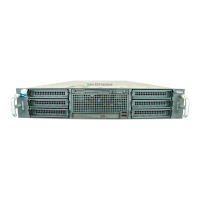© 2011 Fujitsu Technology Solutions
20
User can use VTP to manage VLANs 1–1005 in a network. (VTP version 1 and VTP version 2 do not
support VLANs 1025–4094.) With VTP, user can make configuration changes centrally on one switch
and have those changes automatically communicated to all the other switches in the same VTP domain
and network.
Link Aggregation
One Aggregated Links may be defined, with up to 8 member ports, to form a single Link Aggregated
Group (LAG). This enables:
• Fault tolerance protection from physical link disruption
• Higher bandwidth connections
• Improved bandwidth granularity
• High bandwidth server connectivity
Ethernet Connection Blade supports:
• Up to 6 trunk groups for uplink ports and 18 trunk groups for downlink ports. (LAG for the
downlink ports is provided as well as the possibility to combine two ports at one server blade
connected to the same switch blade.
• Load balance with configurable rule: MAC-based and IP-based
LAG is composed of ports with the same speed, set to full-duplex operation. To get better performance
on LAG, the flow control is requested to enable on it.
Link Aggregation and LACP
LACP uses peer exchanges across links to determine, on an ongoing basis, the aggregation capability of
various links, and continuously provides the maximum level of aggregation capability achievable
between a given pair of systems. LACP automatically determines, configures, binds and monitors the
port binding to aggregators within the system.
Failover Propagation Support
Blade Server has a dual-port network interface controller, and it realizes the redundant LAN ports in
case of using NIC management program with LAN teaming function. In order to improve the switching
time and realize the “rapid” fail-over of redundant LAN ports, Failover Propagation feature is introduced
in SB6/SB11/SB11a for uplink ports (including physical port and port-channel port) to speed up the
switching of the redundant LAN ports. The failover condition includes link status.
Port Backup
Port Backup feature is supported on Ethernet Connection Blade for redundant uplink ports. Two ports
are associated for one group. Two ports are acted as active and backup ports. One of two ports will be
active at a one time. As configured active port is linkup, the backup port will be disabled. Otherwise, if
configured active port is link down, the configured backup port will be enabled. The configured active has
higher priority to become 'active', as two ports of a group are all link up before group is enabled. Physical
ports and port-channel ports could be the member of backup port. (Notes: This is case; the member of
the port-channel should be the uplink ports of Ethernet Connection Blade.)
MAC move update
In order to short the network convergence time while using port-backup function, the MAC address move
update feature is provided for this purpose. The MAC address-table move update feature allows the
switch to provide rapid bidirectional convergence when an active (forwarding) link goes down and the
backup link begins forwarding traffic. The MAC address learned on the active port will be restored to the
backup port if the active port goes down. This feature will be provided and worked with the port-backup
function.

